Check out the hit song Dil Hoom Hoom Kare from Rudaali on Bhupen Hazarika’s death anniversary.
Singer:Bhupen Hazarika, Music by Bhupen Hazarika, Lyrics by Gulzar
And here is the Lata version.
Tags: Bhupen Hazarika Dil Hoom Hoom Kare Dimple Kapadia Gulzar Kalpana Lajmi Raj Babbar Rudaali Song of the Day


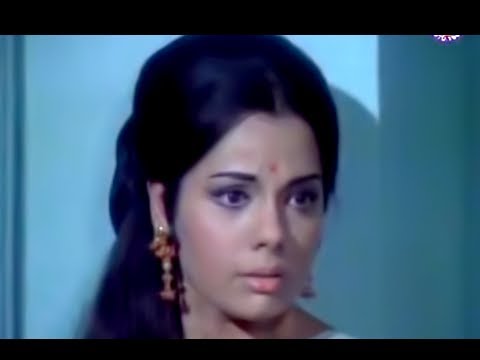
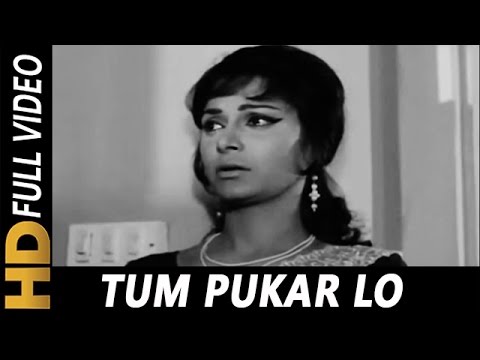
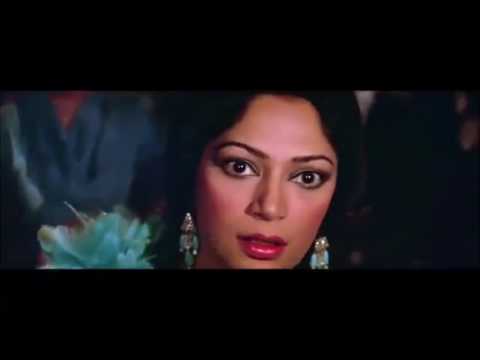
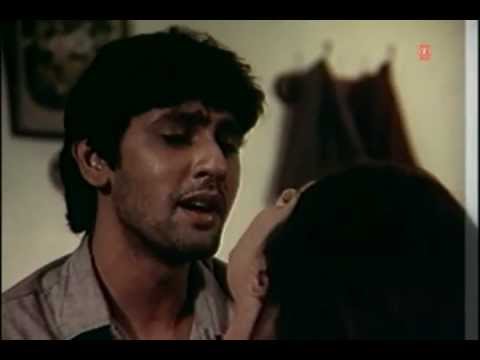
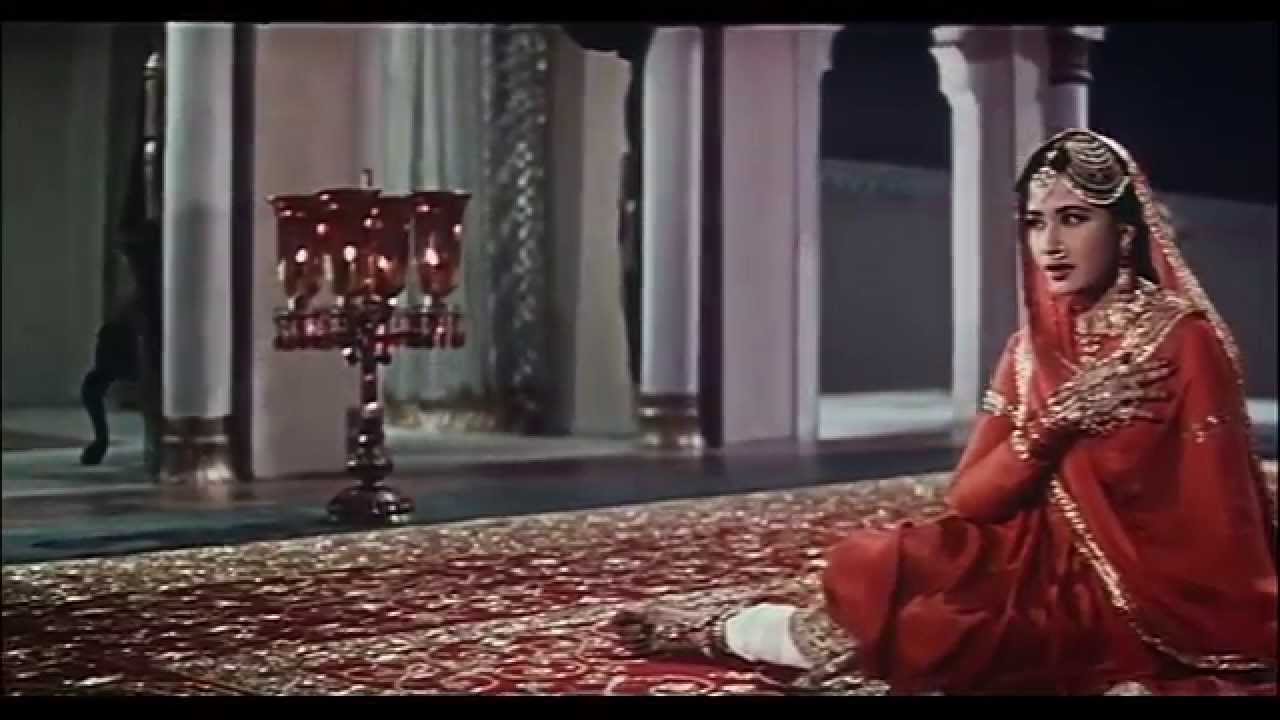
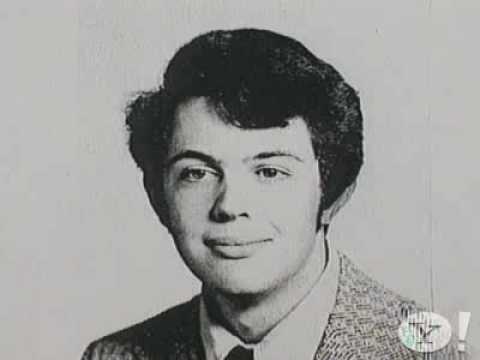
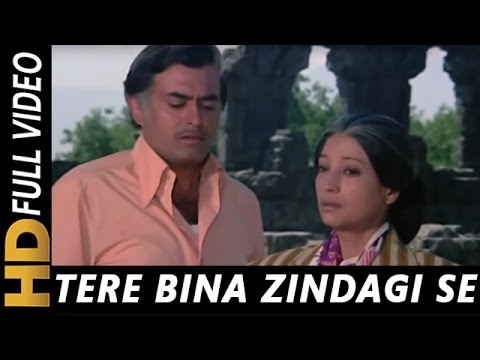
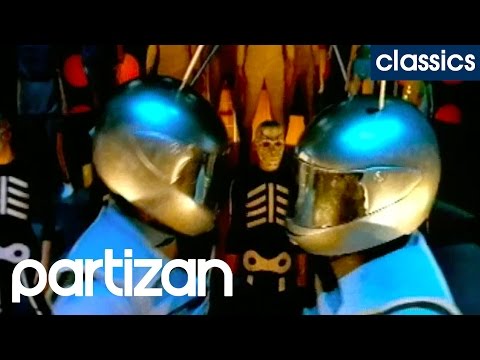
@Sputnik
Did you read about Lata and Bhupen’s affair by Bhupen’s wife?
I think I had read it when it came out a while back.
Lata Mangeshkar had an affair with Bhupen: Hazarika’s estranged wife
In what sounds like a startling statement, late legendary musician-filmmaker Bhupen Hazarika’s wife has for the first time spoken about her husband’s “affair” with melody queen Lata Mangeshkar.
Priyamvada Patel, estranged wife of Hazarika, who was in Assam to attend his first death anniversary revealed about the maestro’s relationship with Mangeshkar while giving an interview to an Assamese channel recently.
Her allegation has not only irked the Mangeshkars but has also offended Kalpana Lajmi, Hararika’s companion for over 40 years.
Priyamvada held Lata’s equation with Hazarika as one of the reasons why she chose to get separated from her husband in 1963 after 13 years of marriage.
Patel said that Lata used to visit their Kolkata residence whenever she used to be in the city.
a“She used to come and they used to be together the whole night in one of the three bedrooms. She was crazy about him. He told me one day, ‘Look Priyam, in India, if a musician wants to come up, his songs have to be sung by Lata Mangeshkar’,” DNA quoted Priyamvada as saying.
“Later, when I asked him why he should be with a woman in the room the whole night, he said ‘ketiaba koribo lage’ (sometimes you have to do it).
Once, musicians Kalyanji-Anandji were in one of the rooms. Kalyanji told me in Gujarati, ‘Behen, tame sui jao (sister you go to sleep), he won’t come up’,” Patel reportedly said.
Apparently many people in Assam had known about the presence of a ‘big star from Bombay’ in Hazarika’s life. But none had dared to speak about her.
Hazarika had written about the woman in his life in his autobiography ‘Moi Eti Jajabor’ (I am a Nomad). But he hadn’t mentioned Lata’s name. However, he had mentioned about an instance that had left Priyamvada teary eyed and that was when she said, “She (the big star from Bombay) said she loves you (Hazarika) more than your parents and I do.”
Link
I prefer Lata in this song.
More because of she is very clear and its a female song
with lyrics “jis tan ko chhua tune..”
and especially with the line “maine pankh liye katvaaye”
It gels well with the rustic rural background shown there – where women are suppressed – and with Bhuben’s voice its just a song.
Here is the reason why the male version was picturized on Dimple. Thanks to Pavan Jha for this info.
——————
Gulzar called ‘Dil hoom hoom kare’, a MJ number”
Rudaali, Kalpana Lajmi’s 1993 film which fetched Dimple Kapadia the National Award for Best Actress, is memorable for her character Shanichari’s climatic dance that ends with the dry-eyed professional mourner weeping for real when she learns that her mother is dead. The director admits that she had a fallout with her screenplay writer Gulzar over the scene as it was not there in Bengali novelist Maheswati Devi’s original story.
“He called it a Michael Jackson number,” smiles Kalpana, recalling that it was shot in one go and without a choreographer. “I allowed Dimple the creative liberty to decide on her moves and she made it clear that she would not give a re-take.”
So, Kalpana went with a two-camera set-up, one camera focussed only on Dimple, with the music piece composed by Bhupen Hazarika playing in the background. “When Shanichari breaks down, I silenced both her voice and the music, and had only the wind playing in the background. Her silent scream was the culmination of a poetic flight that ends in tragic mourning.”
Kalpana admits that Hazarika’s music contributed hugely to making the film unforgettable, as did his evergreen track, Dil hoom hoom kare. This time it was Gulzar, who took the creative liberty of using the words hoom hoom from Hazarika’a original Assamese song, Buku hom hom kore, instead of going with the literal Hindi translation Dhak dhak.
On Lata Mangeshker’s request, Hazarika sang the dubbed track himself. She and recordist Amil Sood were so mesmerised by his voice that they entreated Kalpana not to wipe it out. “So I had the song on the cassette and when Dimple requested me to send her all the songs before we left on location, I sent this one too. She was also bowled over and insisted we use his version in the film,” remembers Kalpana. “I told her that there was no scope to use Bhupenda’s distinctly male voice, but she still insisted I transfer the song on to a spool and take it along with us for the shoot.”
The song was played during the scene in which Dimple turns into a widow. It was a 400-feet uncut shot taken at 4 am in the wilderness. Describing it as one of the finest scenes in the film, Kalpana says that once again Dimple insisted that Bhupenda’s song be played in the background while she enacted the scene. Later, she again insisted that they retain the song in the film.
“So even though I knew that I should have really had a female voice singing Dil hoom hoom kare, I went with Bhupen da’s voice,” admits Kalpana. “Bhupen da later joked that of his huge repertoire of songs, this was the one that made him famous across India.”
Link
I didn’t mean criticize on Bhupen with my above comment.
He was a good singer. Just that I feel it was a female’s song.
Great post btw Sputnik (not saying for the sake of it). Such kind of posts make me stay here 🙂
Thanks Ritz
@sputnik Thanks your post.
You are welcome.